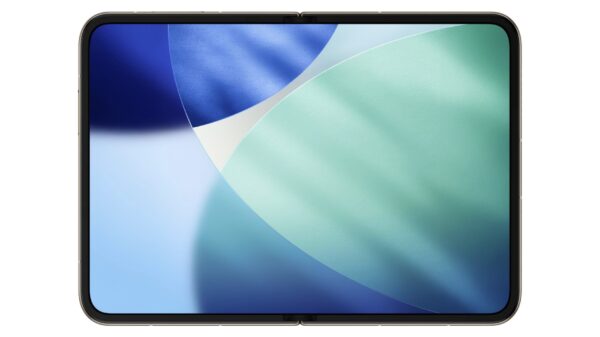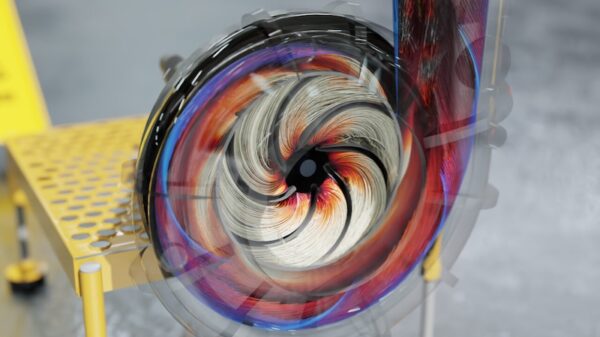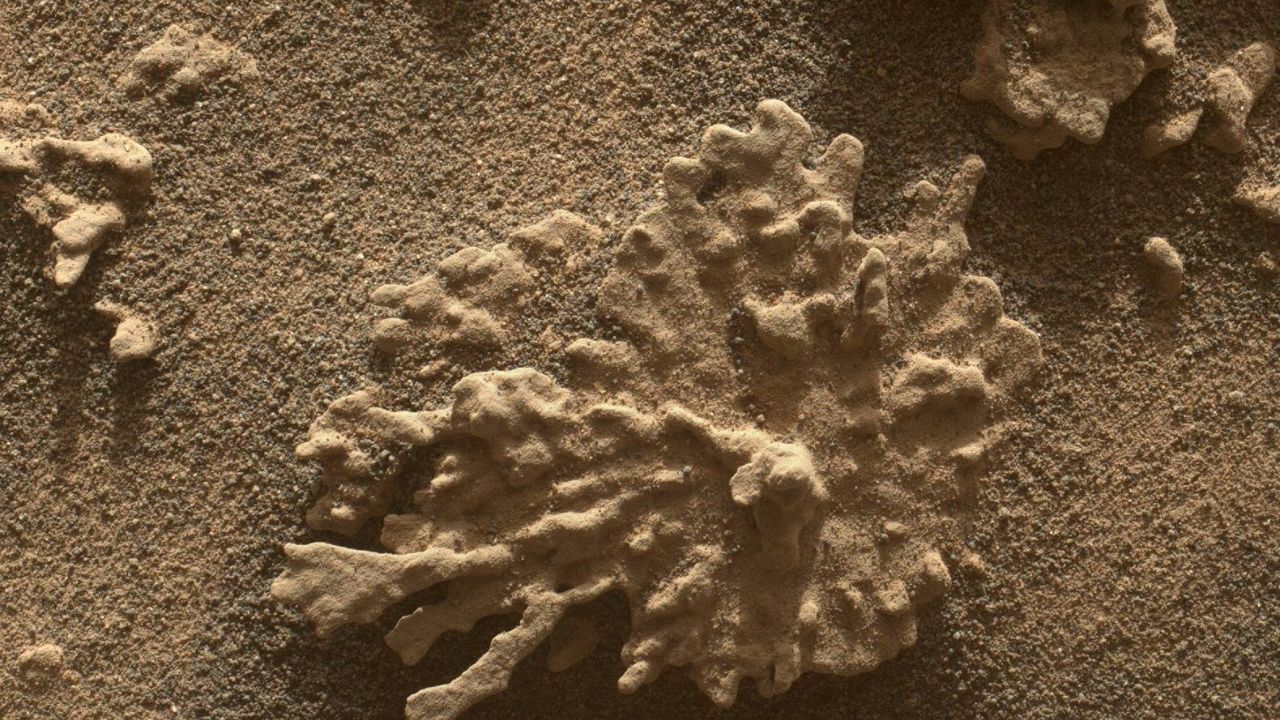NASA’s Curiosity rover has celebrated its thirteenth anniversary on Mars, continuing to unveil the Red Planet’s secrets. Since its landing in Gale Crater on August 6, 2012, Curiosity has traversed over 22 miles (35 kilometers), making significant contributions to our understanding of Mars’ geological history and past habitability.
The rover has provided compelling evidence that Mars once had conditions suitable for life, including signs of ancient liquid water and a thicker atmosphere. Despite facing challenges such as worn wheels and mechanical issues, engineers have successfully implemented innovative solutions to keep Curiosity operational.
New Autonomy and Energy Efficiency
Recent software upgrades have enhanced Curiosity’s autonomy, allowing it to manage tasks more efficiently. This new capability enables the rover to multitask and conserve energy by putting itself to sleep when it completes its daily assignments. According to NASA, these adjustments help extend Curiosity’s mission life, which is crucial given the limitations of its aging nuclear power source.
Reidar Larsen, a flight systems engineer at NASA’s Jet Propulsion Laboratory in California, described the rover’s progress: “We were more like cautious parents earlier in the mission. It’s as if our teenage rover is maturing, and we’re trusting it to take on more responsibility.”
Curiosity is powered by a multi-mission radioisotope thermoelectric generator (MMRTG), which converts heat from decaying plutonium into electricity. As time has progressed, the power output from this system has diminished, impacting the rover’s battery recharge times and the amount of energy available for scientific operations.
To optimize Curiosity’s energy usage, engineers have integrated tasks such as driving, taking photographs, and transmitting data. This consolidation reduces the duration of each operational plan, allowing heaters and instruments to consume less energy. By trimming even 10 to 20 minutes from daily tasks, teams can significantly prolong the rover’s mission.
Remarkable Discoveries on the Martian Surface
In addition to enhancing its operational capabilities, Curiosity has recently made intriguing geological discoveries. On July 24, 2025, the rover captured images of a rock formation nicknamed “Paposo,” which bears a striking resemblance to coral. Measuring approximately two inches (five centimeters) wide, Paposo likely formed billions of years ago when Mars was much wetter.
Mineral-rich water likely seeped into the rock’s cracks, leaving behind hardened deposits. Over time, powerful Martian winds sculpted the material into its delicate, branching shape. This discovery adds to the growing body of evidence that ancient Mars had environments where liquid water could exist, further supporting the notion that the planet may have been habitable in its past.
Curiosity is currently exploring an area rich in “boxwork formations,” a network of ridged structures believed to have formed underground through ancient water activity. These features are located along the lower slopes of Mount Sharp, the towering three-mile-high (five-kilometer-high) mountain that the rover has been ascending for years.
As Curiosity continues its mission, NASA reports that the rover remains in good health, benefiting from intelligent engineering, updated algorithms, and newfound energy-saving habits. The agency remarked, “Together, these measures are doing their job to keep Curiosity as busy as ever.”
The ongoing exploration and discoveries from the Curiosity rover not only enhance our understanding of Mars but also inspire future missions to the Red Planet and beyond.



































































